Once upon a time, a hundred years ago, Elsie Wright and her cousin Francis Griffiths borrowed a camera and took photographs of each other posing with fairies at the bottom of their garden. They claimed they often saw them beside the stream in the village of Cottingley in Yorkshire. Looking at these prints today, it’s hard to imagine that anyone believed that the fairies were real.
Surprisingly, many were convinced at the time including Sir Arthur Conan Doyle, a physician, celebrated spiritualist and the creator of Sherlock Holmes. The Cottingley Fairies hoax is one of the longest in history as the girls did not confess to their photo deception until 1983. However, Francis Griffiths maintained until she died that her final photo of The Fairy Bower was real. Recently, several photographs owned by the Griffiths family were sold by Dominic Winter Auctioneers and realized over $50,000.
The first fairy photos in 1917 were staged by the two girls using hat pins balancing cut-out illustrations by Claude Shepperson from Princess Mary’s Gift Book. Elsie’s mother believed the photos were real and took them to a meeting of the Theosophical Society, which explored unexplained phenomena. One of the leaders of this group, Edward Gardner was also convinced and showed them to Sir Arthur Conan Doyle, who was writing an article on fairy life for The Strand Magazine.
Elsie and Francis were given their own cameras and asked to take more photos in 1920. The resulting photos, ‘authentication’, and endorsement by so many illustrious and ecstatic people caused a media circus. Mysticism and spiritualist movements had gained momentum in the aftermath of World War I when a grieving British public was eager to believe in the existence of a better world. This juvenile prank had a receptive audience eager to escape from reality and communicate with the spirit world.
Prints of the Cottingley fairies were sold at Gardener’s theosophical lectures and Doyle’s book about the affair The Coming of the Fairies was published in 1922. In this conducive climate, Royal Doulton’s fairy figures and Wedgwood’s Fairyland Lustre designs by Daisy Makeig Jones became the best sellers of the day. They all lived happily ever after….or at least until 1929 when the stock market crash decimated the luxury goods market, Daisy was fired from Wedgwood, and the world turned its attention to less spiritual concerns. Do you believe?
You can see the enchanted world of ceramic art at WMODA and a video about Daisy Makeig’s designs in our Fantastique exhibition and on our YouTube channel.
An exhibit about the Darkly Magical World of Daisy Makeig Jones, featuring pieces loaned by WMODA, is currently at the Museum of Fine Arts, St. Petersburg, Florida.
The movie Photographing Fairies was inspired by the Cottingley Fairies story.
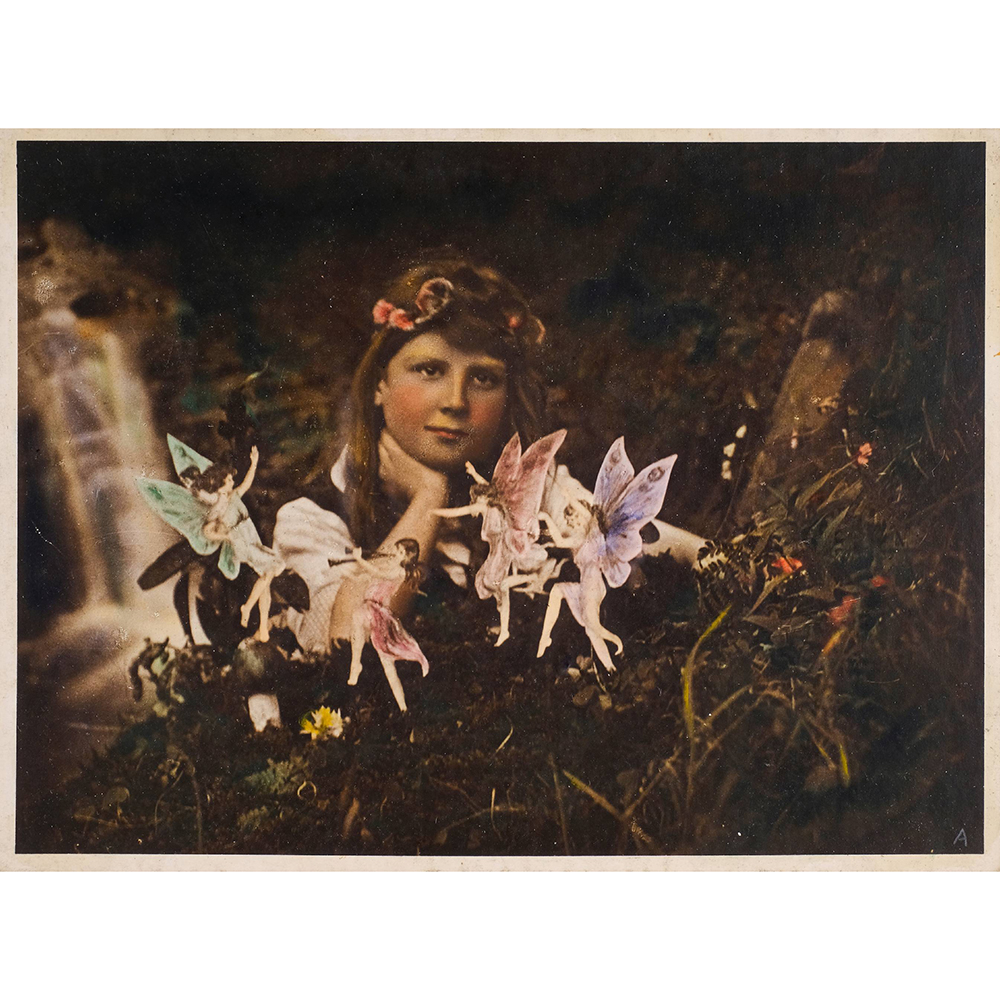
Francis and the Fairy Ring
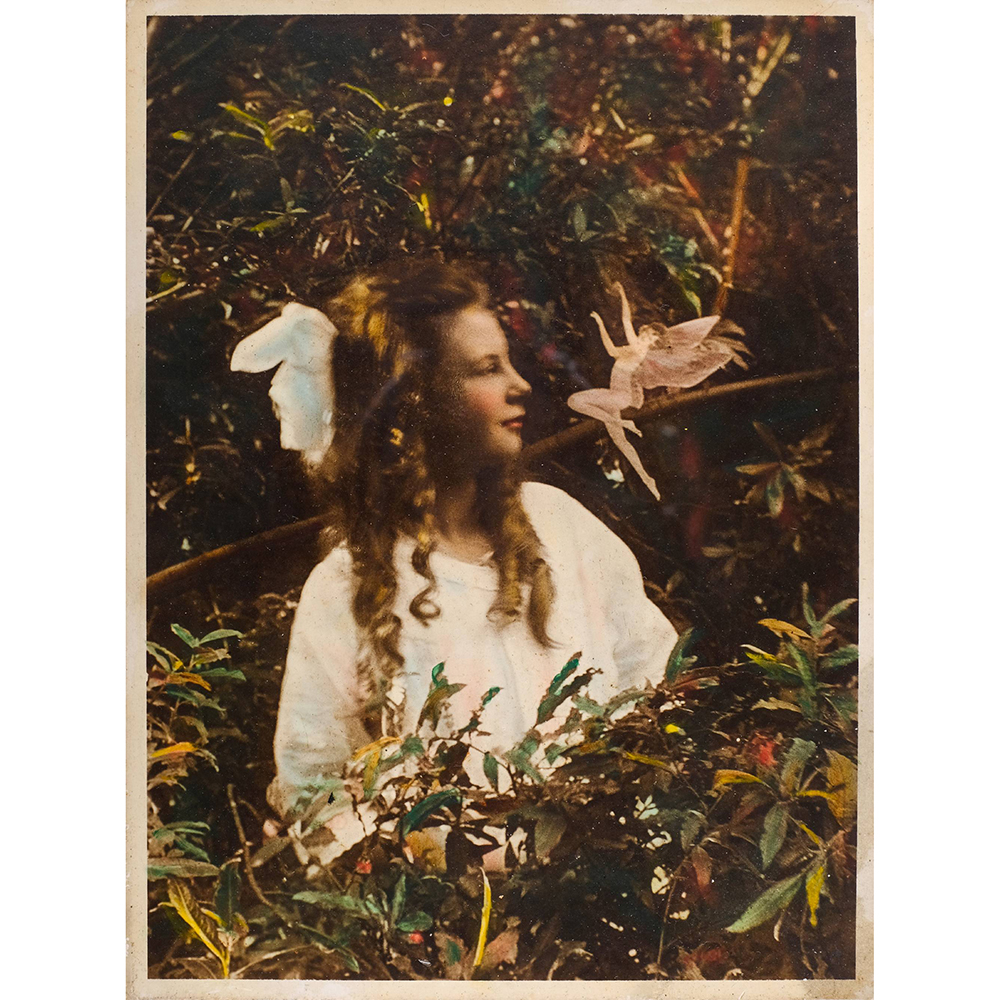
Francis and the Flying Fairy
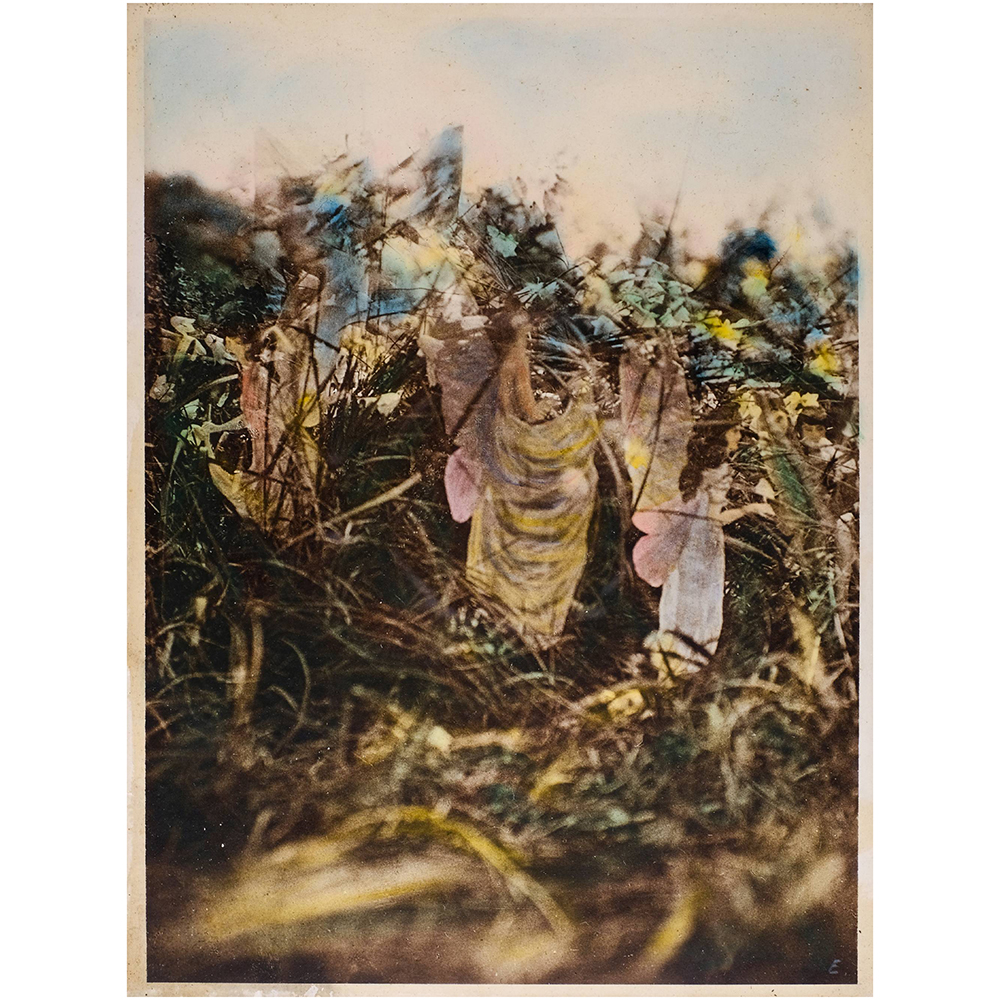
Fairy Bower
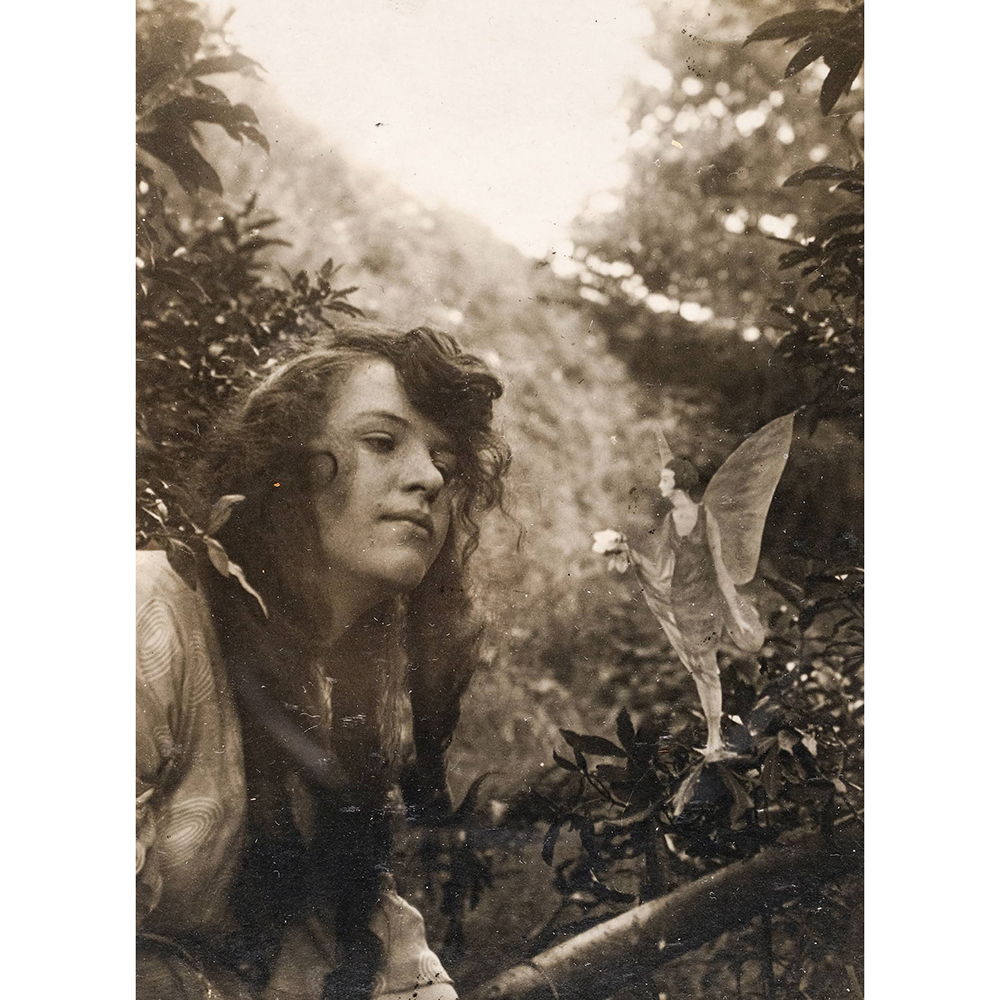
Elsie and Fairy Posy
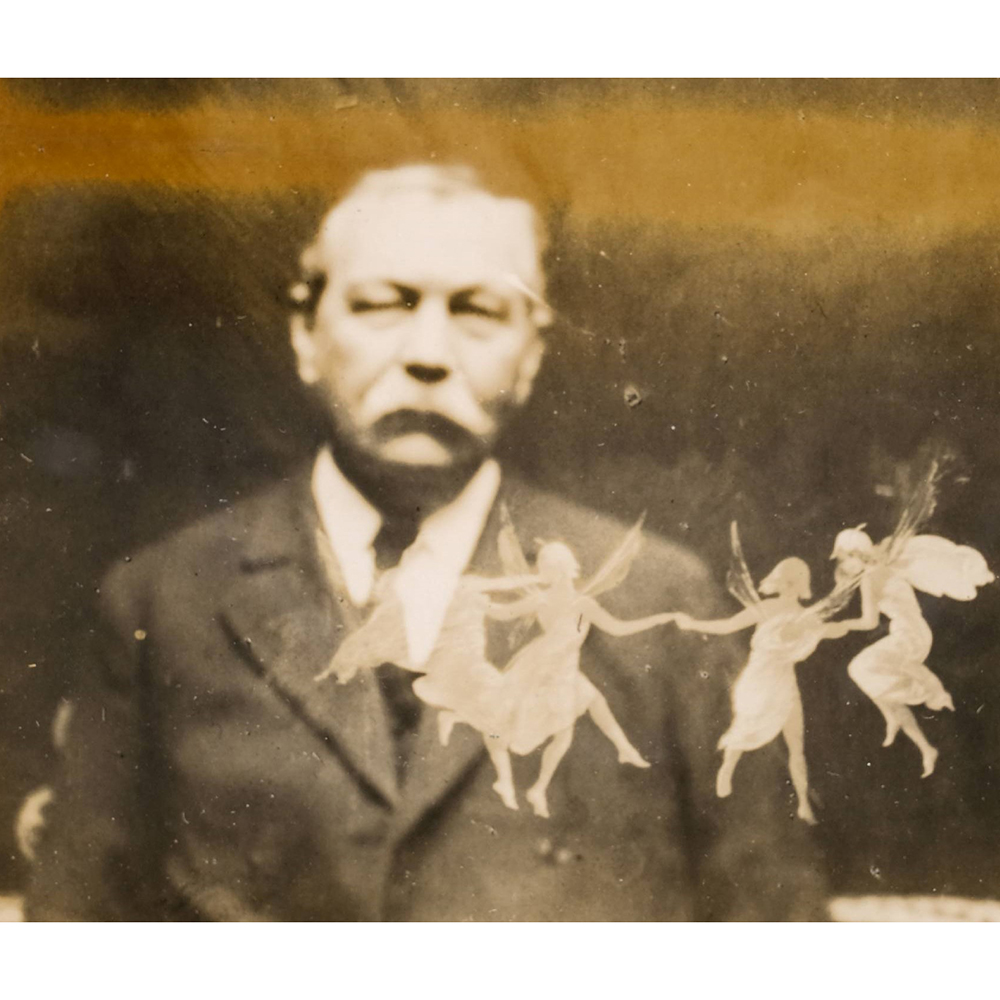
Sir Arthur Conan Doyle
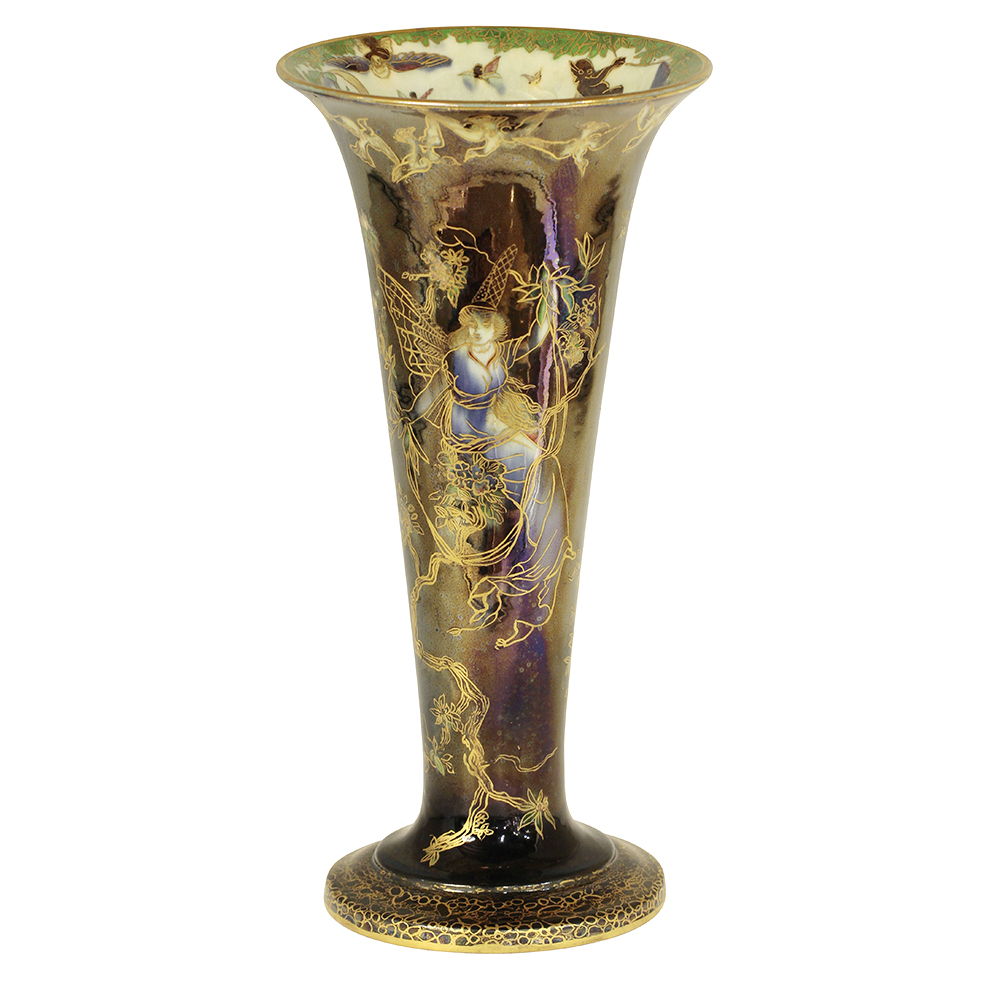
Wedgwood Fairyland Lustre Butterfly Woman by D. Jones
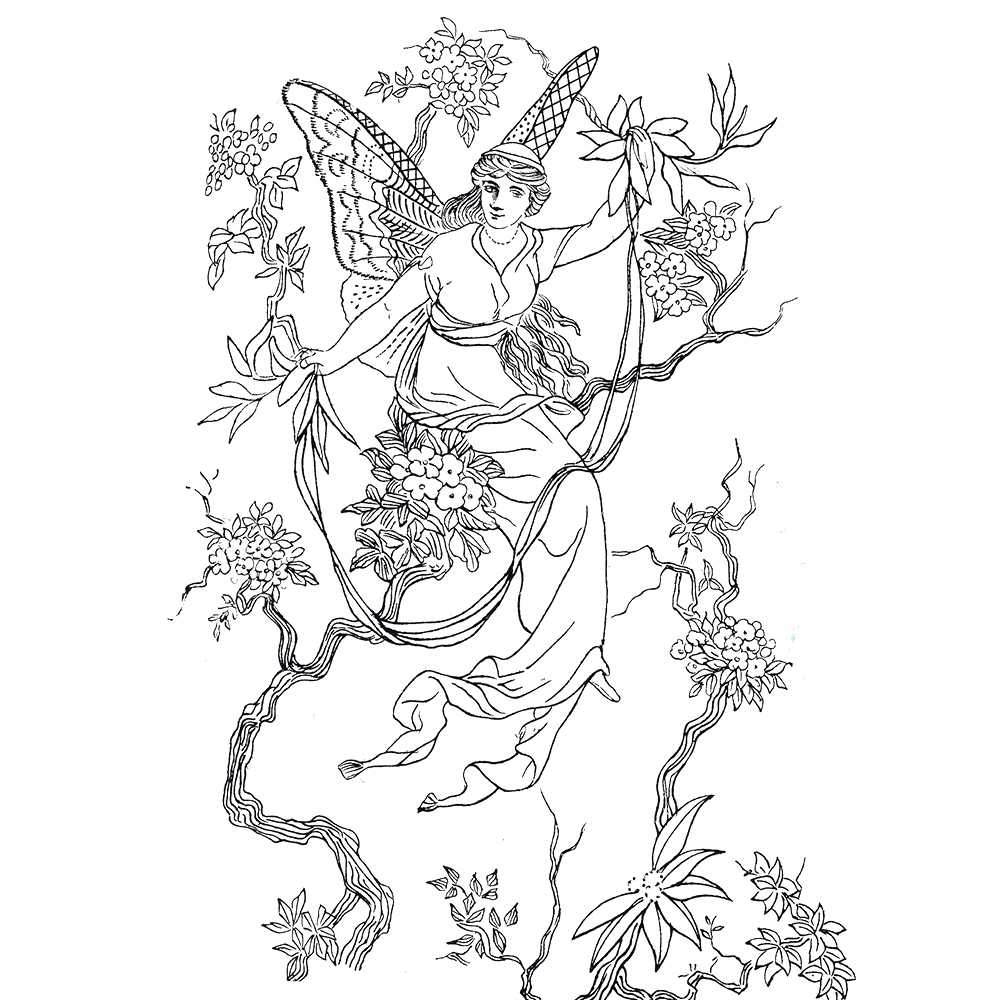
Wedgwood Fairyland Lustre Butterfly Woman
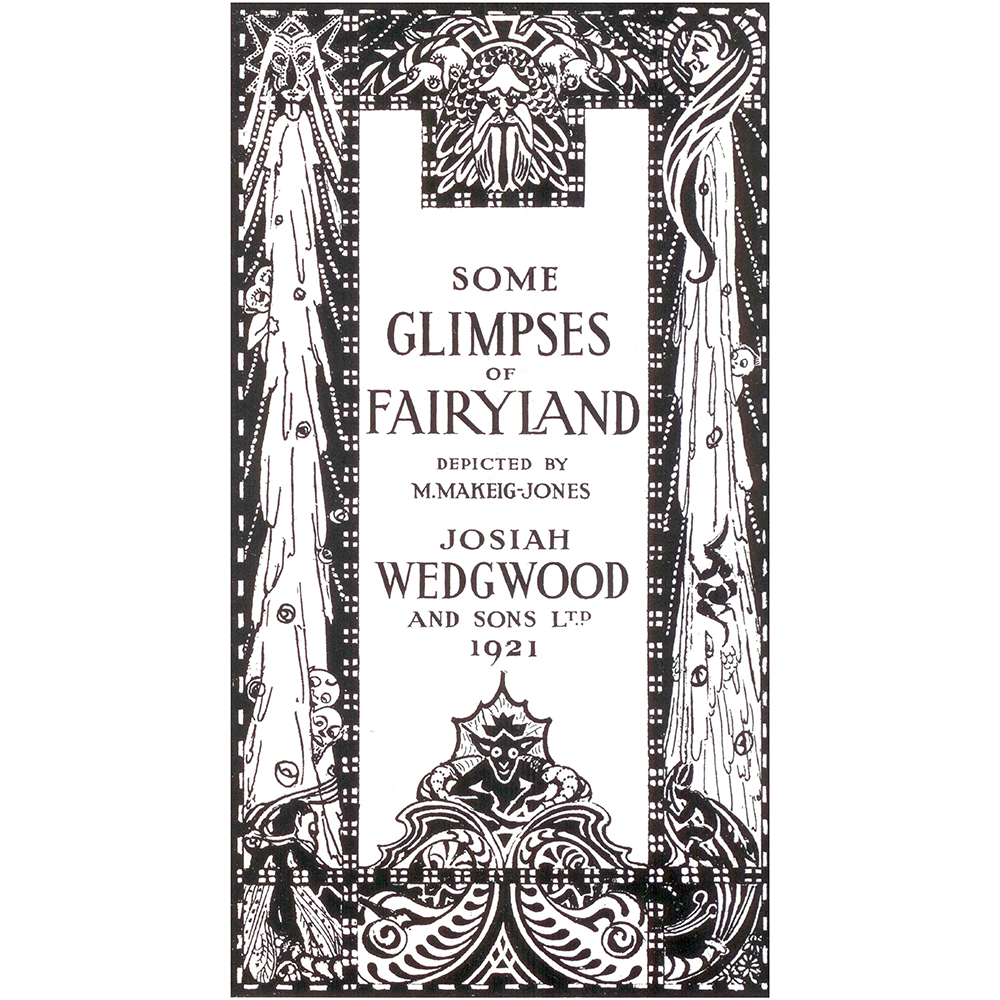
Wedgwood Fairyland Lustre Catalog
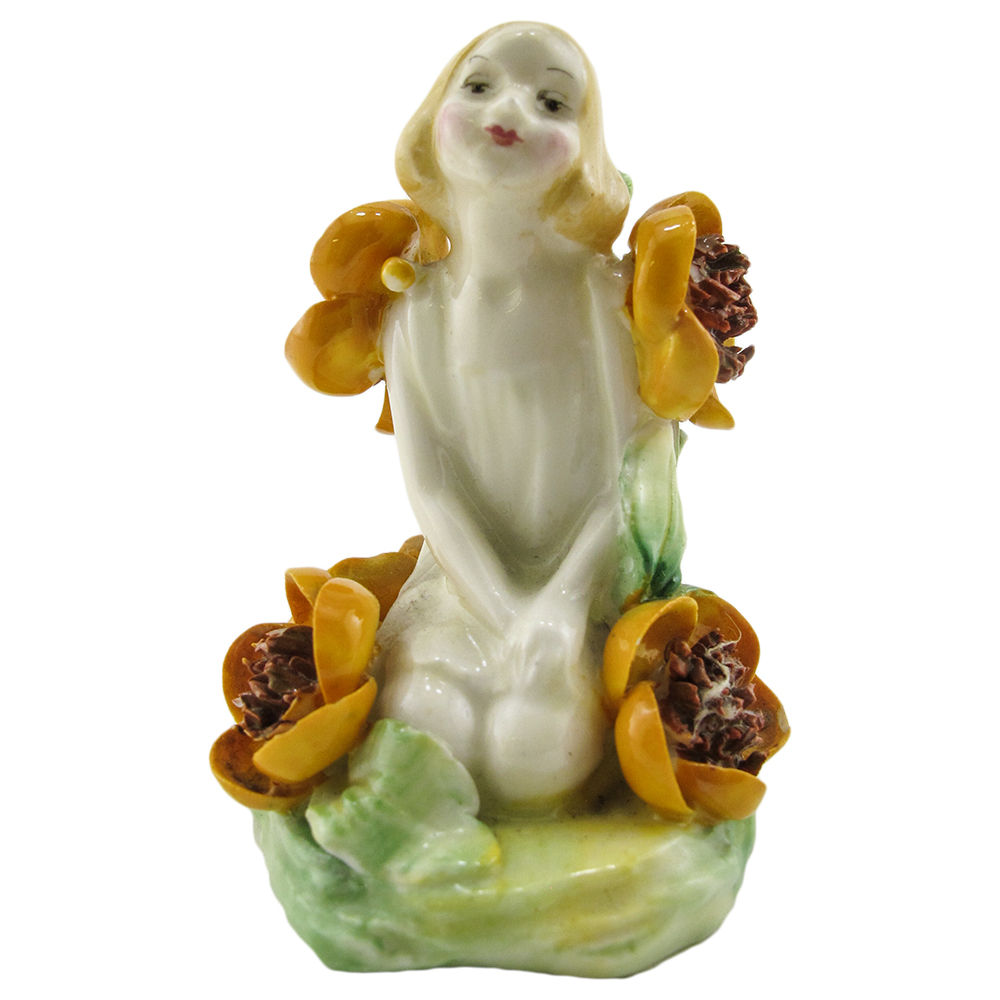
Royal Doulton Fairy
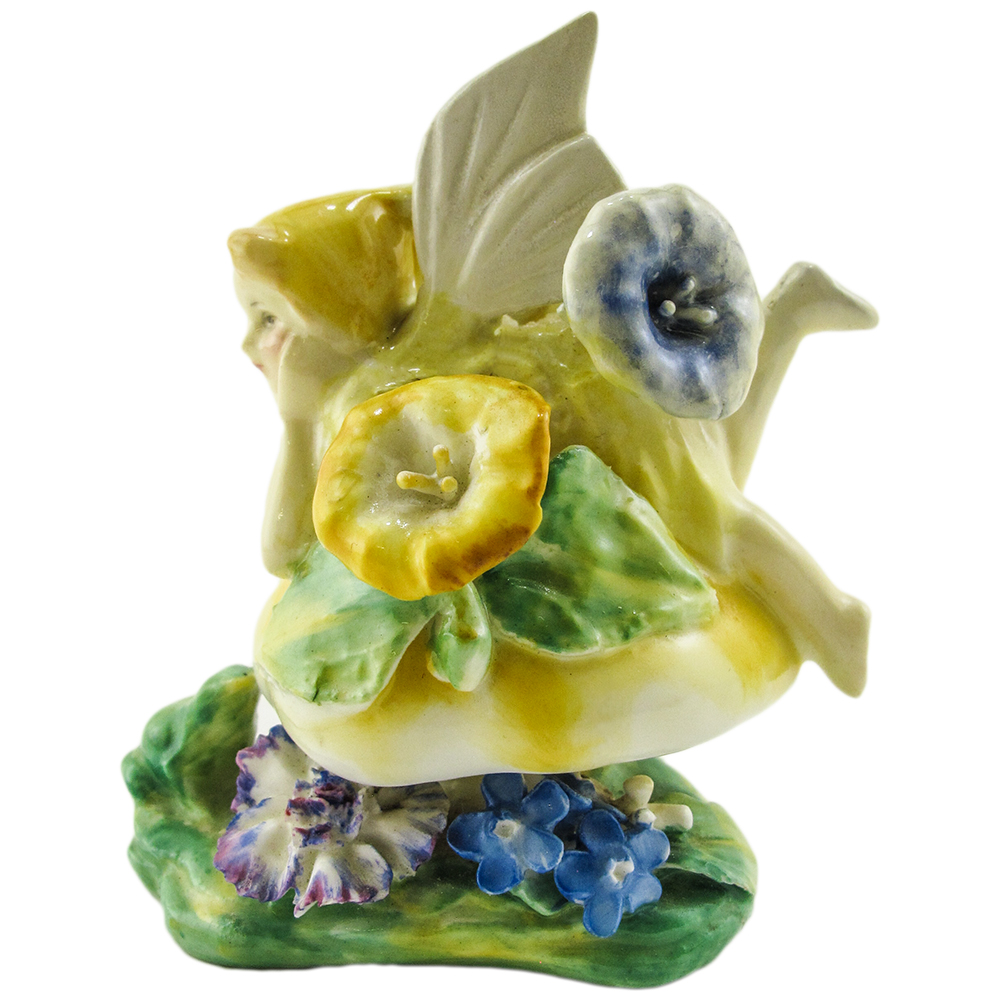
Royal Doulton Fairy
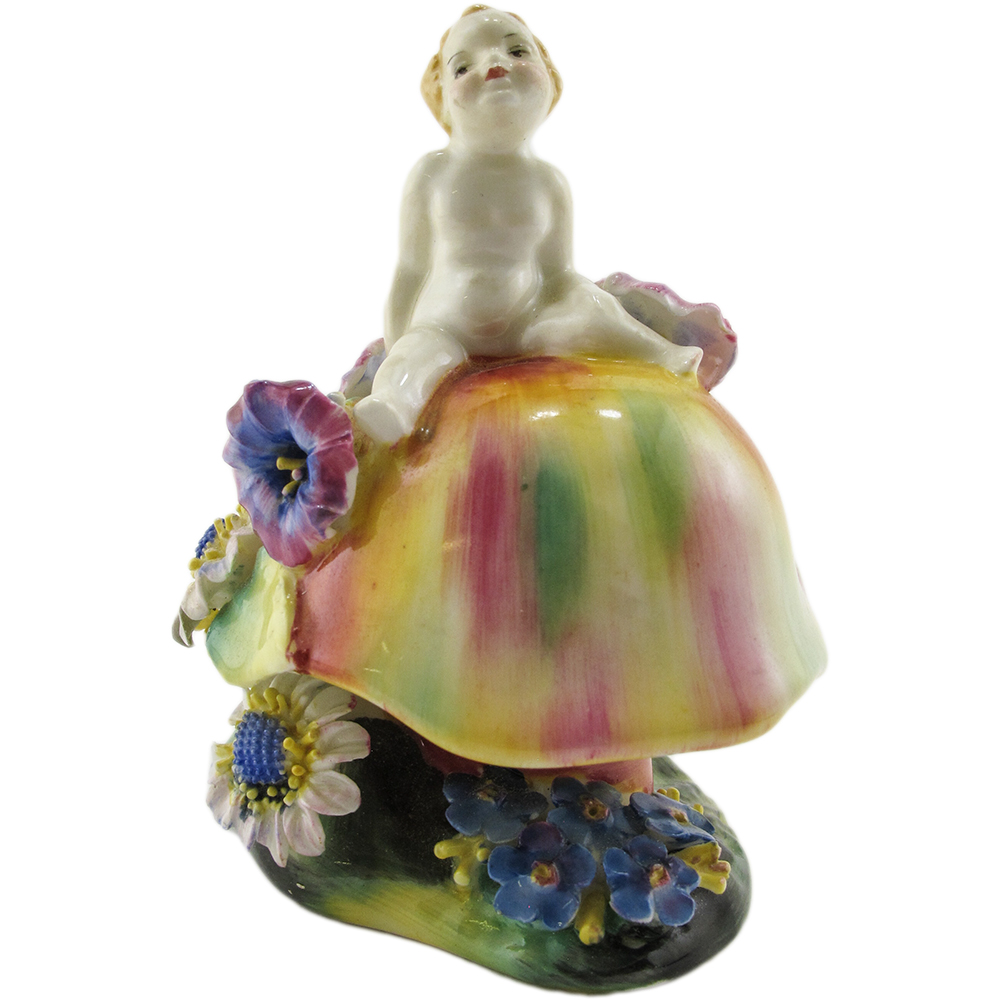
Royal Doulton Fairy
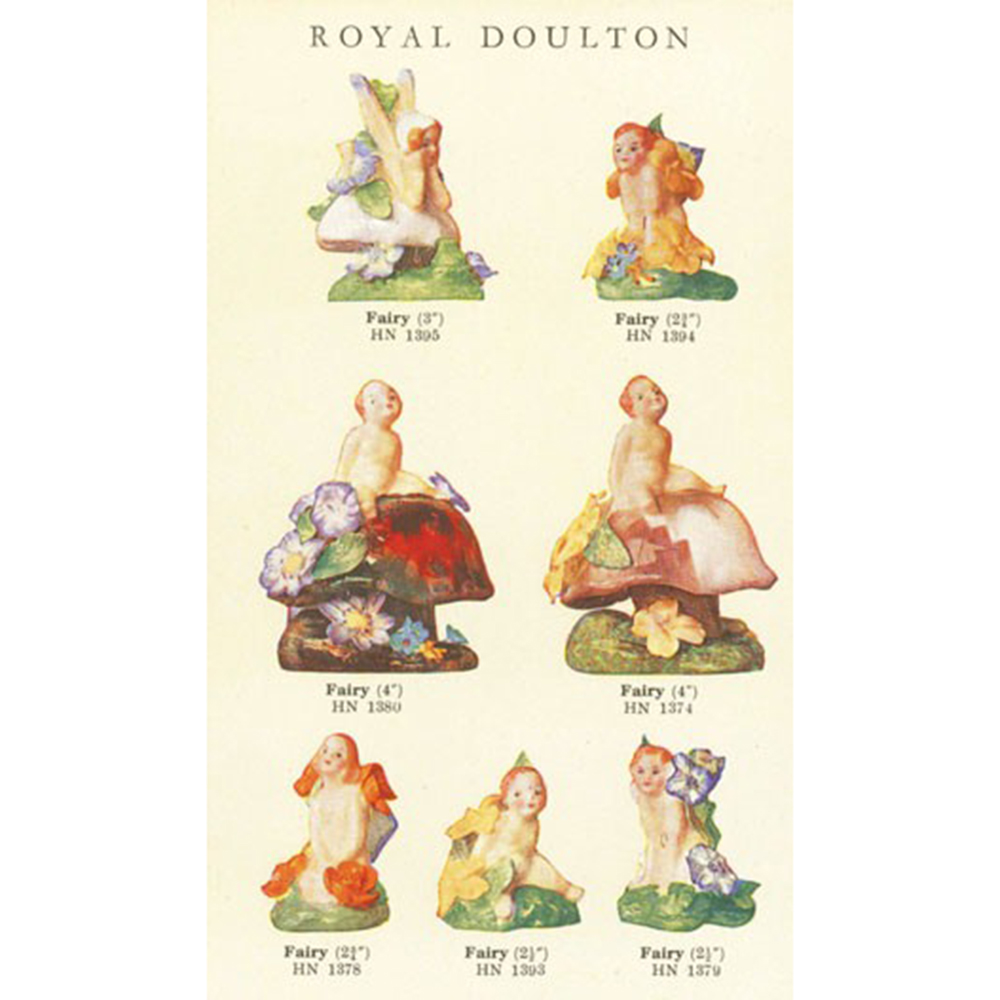
Royal Doulton Fairy Catalog Page
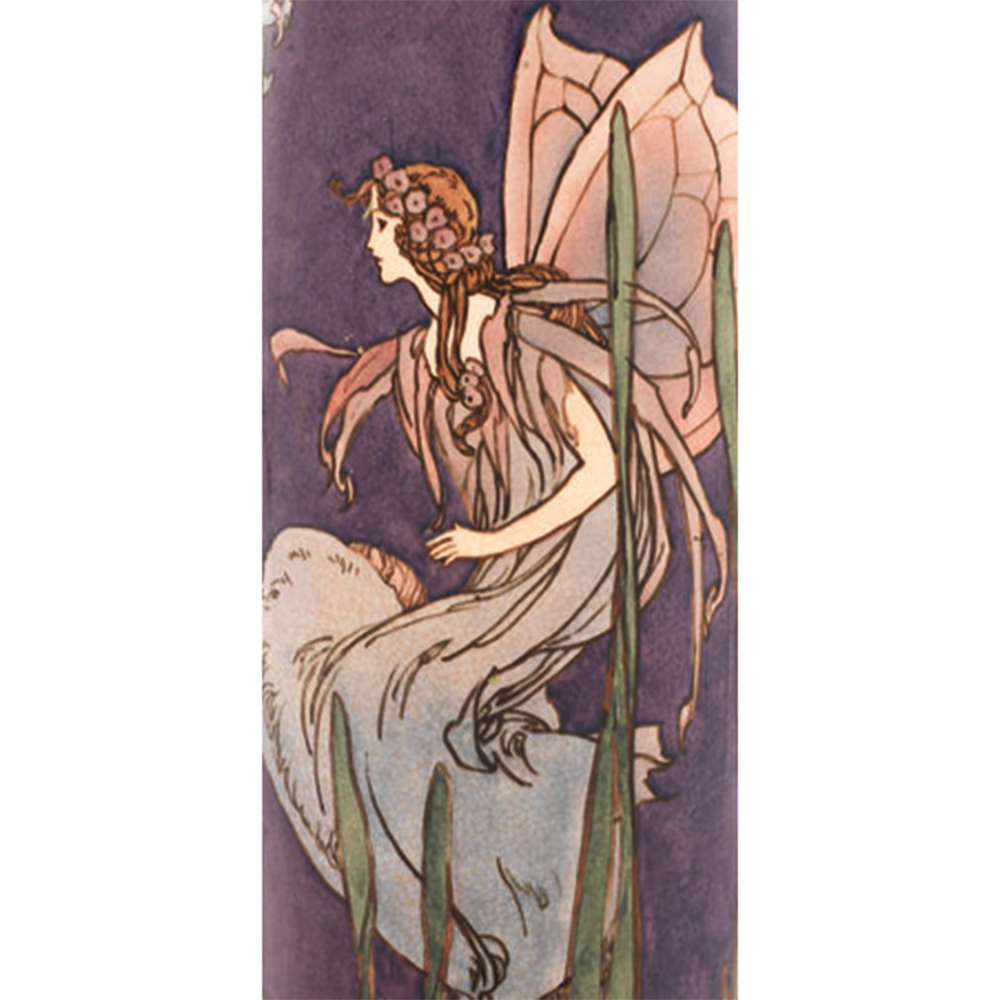
Royal Doulton Fairy Vase Detail
